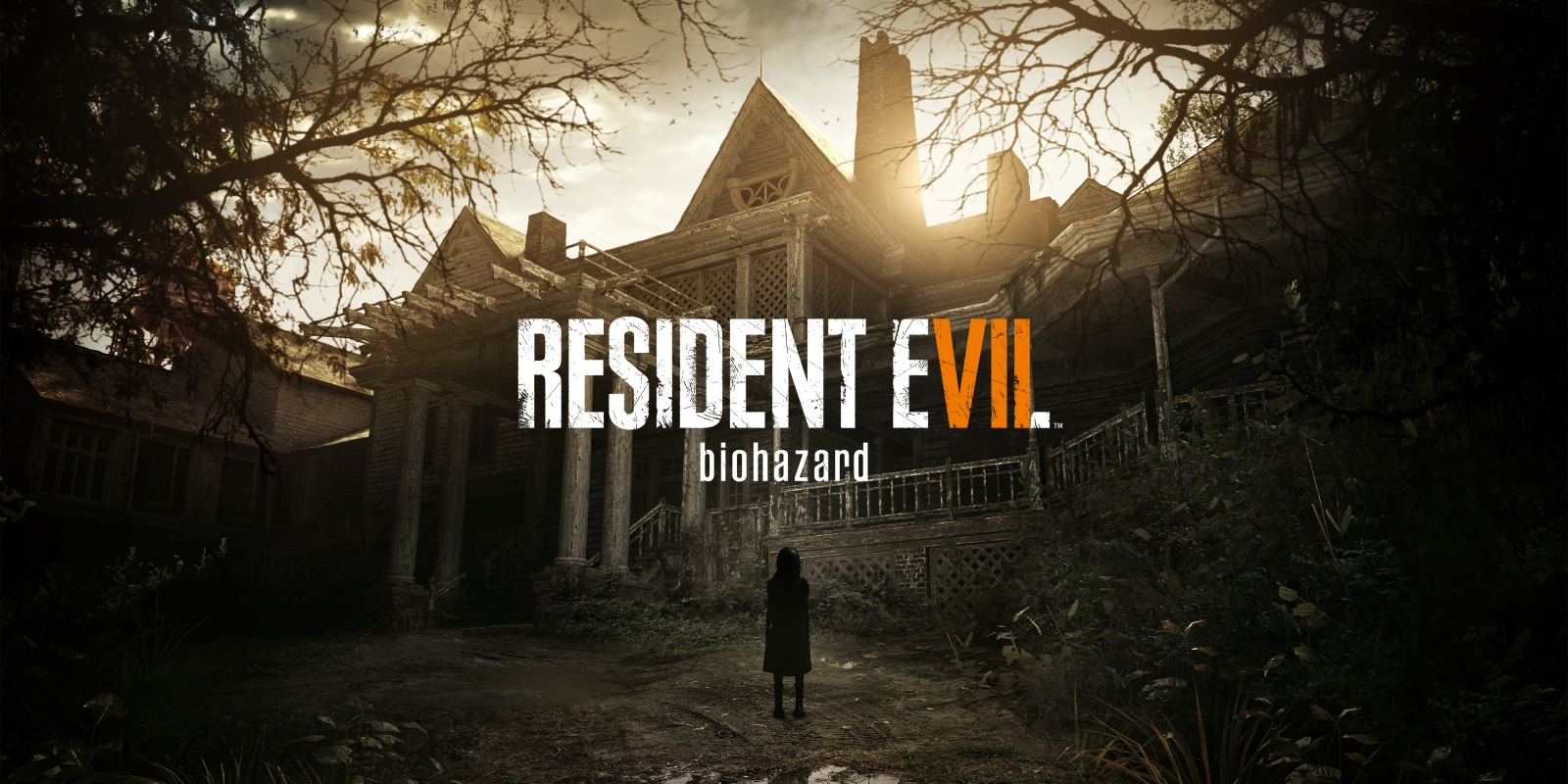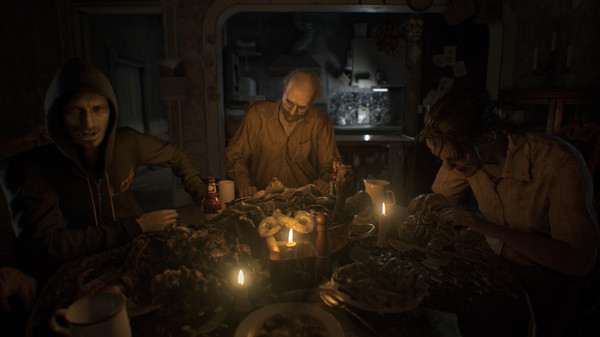
Even the most seminal of franchises go through rough patches, especially when they’ve been around for quite a while. It happens with movies, and it happens with video games, because there’s only so much that you can do with an idea before it becomes stale.
Capcom’s mainline Resident Evil games are a prime example of this, as we all know what happened with Resident Evil 6.
Following a fantastic fourth entry and a middling fifth one, the anticipated release ended up being more than just a simple mess. Frustrating, poorly designed and very little fun to play, it marked a major low in what was once considered to be one of gaming’s most important franchises. It was so bad, in fact, that I couldn’t even bring myself to finish it, despite my attempts at beating every game I play for both personal and professional reasons.
Now, more than four years later, Resident Evil is back with a new vantage point, altered mechanics and a much more frightening setting. Known as Resident Evil VII: Biohazard, it’s a welcome sight, as well as a powerful return to form for the king of survival horror.
Resident Evil VII begins in the United States of America, where a young, twenty-something named Ethan Winters receives a strange and garbled video email from his wife. The same wife who went away to take a babysitting job in Louisiana, before falling off of the map and being presumed dead.
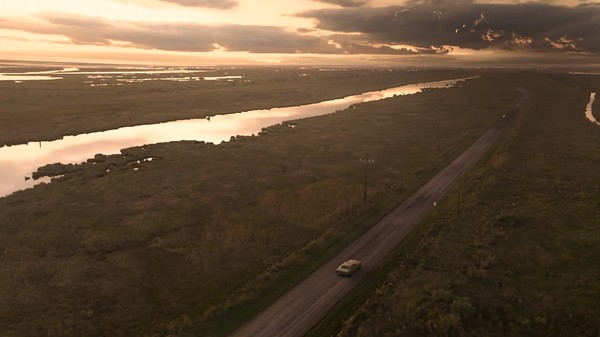
You surely see where this is going.
Although Mia’s message says to stay away, Ethan does the opposite, and sets out on a solo hunt for his wife’s whereabouts that takes him to the time-stinted Louisiana bayou. There, he finds the Baker mansion — a gigantic home and nearby guest residence that feels off from the get-go.
Over the course of the next eight to ten hours, players will find themselves trapped in or running from said Baker estate and the crazies that inhabit it. There’s something wrong with the family, you see, and they’ll stop at nothing — absolutely nothing — to kill or capture their new friend and make him part of their already large family. One that has been growing in size over the years as a result of a record amount of kidnappings and disappearances.
Despite being a horror-first experience, Resident Evil VII: Biohazard is a narrative heavy game, and one that is easy to spoil. Because of that, I’m going to avoid going into any detail about the story. After all, I’d hate to be one who ruins the experience for another.
That said, I will admit to being disappointed by the game’s promising storyline. It started off very well and had me in fear, but eventually became too ‘samey’ when it ushered in the return of some unnecessary Resident Evil weirdness. Sure, the developers would have wanted to tie this campaign into the others, but it honestly would have worked better as a reboot and been much more interesting if it hadn’t taken such a direct turn during its latter act.
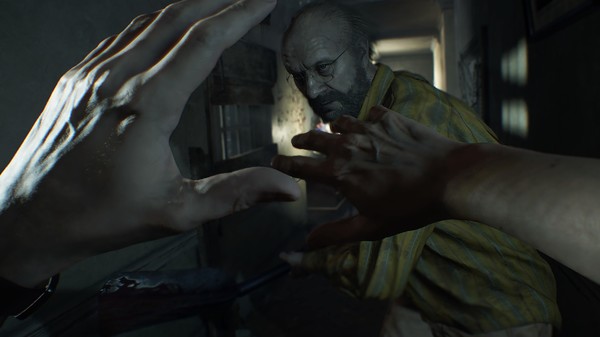 I truly do feel that Capcom did itself — and Resident Evil — a disservice by going back to old habits. That’s not to say that the last half of the game is bad. It’s just not nearly as good, or as entertaining as the first part. That’s especially true of a boring and confusing new location that players become locked into as they play through a certain character’s back story near the end of the game.
I truly do feel that Capcom did itself — and Resident Evil — a disservice by going back to old habits. That’s not to say that the last half of the game is bad. It’s just not nearly as good, or as entertaining as the first part. That’s especially true of a boring and confusing new location that players become locked into as they play through a certain character’s back story near the end of the game.
Of course, as anyone who’s played or followed this title will attest to, being trapped in a foreign and dangerous environment is what makes Resident Evil VII tick. It’s just that the environments found at the beginning of the game trump (and are much scarier than) the ones found at its end. The Baker house, itself, is one of the scariest environments to ever be featured in video games, borrowing cues from the great haunted house movies of yesteryear. It’s large, dark, brooding and disturbing, and unfolds like an onion with layer upon layer of available discoveries.
Capcom truly deserves credit for taking things in a new direction, and for being as meticulous as they were with the muli-leveled and always frightening Baker house. Its aging and unwelcoming exterior makes way to an even darker interior, wherein a lack of care and upkeep have resulted in rotten boards, maggot-covered food and general disarray. Granted, their love of leaving half mutilated pig carcasses laying around didn’t help things.
Resident Evil VII: Biohazard doesn’t just usher in a change of pace with a new location. No, it’s a complete overhaul, with a first-person vantage point that turns it into a much more personal (and cerebral) experience. Now, instead of looking at a character’s back, players can truly attempt to become said protagonist by entering into their digitized skin and looking through their eyes.
This change is definitely for the best, as it allows the game to stand out in a crowded genre and makes it feel different. It’s still Resident Evil at heart, but it feels like a new monster.
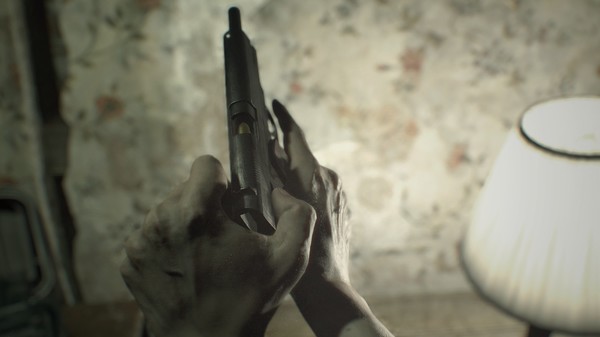
Almost all of the classic tropes are still in play, though, including basic puzzles, limited ammunition, health herbs and inventory management. As such, there’s no mistaking this for a game from another series. There are new items and combinations to be found, too, and chem fluid is one that plays a large role. With it, you can turn gunpowder into pistol ammunition, make an herb into either a basic or extra powerful health spray, or turn powdered fuel into burner fluid for your homemade flamethrower.
There’s a lot of item management here, and you’ll be happy to have a good variety of weapons at your disposal. None of the weapons you’ll find during your first run are all that unique, however. There’s the familiar survival knife, the trusty workhorse of a pistol, the ever powerful shotgun and the always helpful burner. Add to those a grenade launcher, a .44 and a machine gun, and you have most of the weapon roster. That is, outside of sticky bombs, which can be placed onto floors (or enemies) and detonated at will.
Priorities and play styles will dictate who keeps and discards what, because it’s impossible to hold onto everything you’ll find in Resident Evil VII: Biohazard. There’s lots to find, especially if you use chemicals to enhance your vision, and only limited space with which to store it all. If you’re like me, though, you’ll hoard all of the health items and use most of your chem fluid (both regular and extra strength) to manufacture health sprays.
Ammo is super important, though, as it always is in these games. As such, there will be times where you’ll have to sacrifice making a health spray in lieu of creating more ammo.
Enemies are bullet sponges, and that’s especially true of the bosses, who take a ton of damage before they go down on the normal difficulty level. The regular, black mold-based foes are easier to dispatch of, but if you don’t aim for specific parts of their bladed bodies then you can expect to waste a lot of bullets. Several good shots to the head will make those jerks go away, whereas one or two less will be required for the weaker, but faster four-legged variety.
Item boxes are available, but they’re few and far between, and are only really found by the tape recorders that act as the game’s save points. They’re a very helpful asset, and are a great way to store old keys or collectibles, like coins (which can be used to purchase character upgrades). You’ll also want to store your video tapes there.
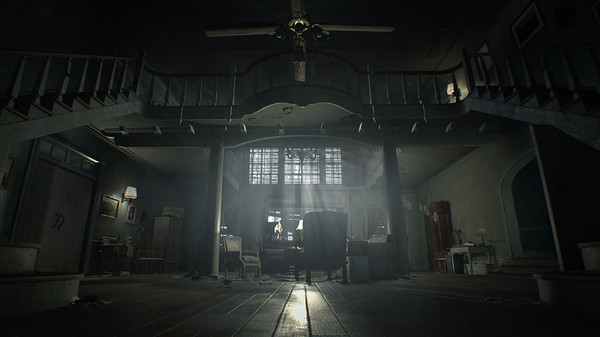
What are video tapes? Well, they’re the way in which Resident Evil VII handles a lot of its backstory. There’s a total of four of them, and two are hidden in the Baker estate, close to VCRs and 1980s-style TVs. By pressing play on one, you’re transported back in time, and transition into the body of a different character whose story you play through over the tapes’ runtimes.
At least two of the tapes are important to the story and mandatory viewing, but the others are also nothing to scoff at. One — which mimics a challenge found near the last third of Ethan’s story — is called Happy Birthday, and takes the form of an escape room. Built around the desire to place a lit candle on a profanity-covered birthday cake, it’s a five to ten minute-long puzzle fest, which tasks you with using the environment to your advantage.
On the presentation front, Resident Evil VII is — for the most part — a treat. Resembling a movie, and with all of the creaks, thumps and slams that haunted houses are famous for, it’s a cerebral experience that always keeps you on your toes. The voice acting is also well done, but it’s the sound effects that truly stand out here.
That said, the Xbox One version could be sharper. Its resolution leaves something to be desired, with some jaggies and an occasional lack of focus. Sure, it looks quite good for the most part, but I’d be lying if I’d said that I hadn’t expected better.
Now, what more is there to say? Nothing, really. Just that Resident Evil VII: Biohazard truly is what the doctor ordered. It’s a smart, well-made and downright unsettling return to form for a once fantastic series that had fallen on hard times as of late. Yes, it has some issues and fizzles out a bit towards the end of its campaign, but those negatives don’t outweigh all of the great things that it has going for it.
**This review is based on the Xbox One version of the game**

